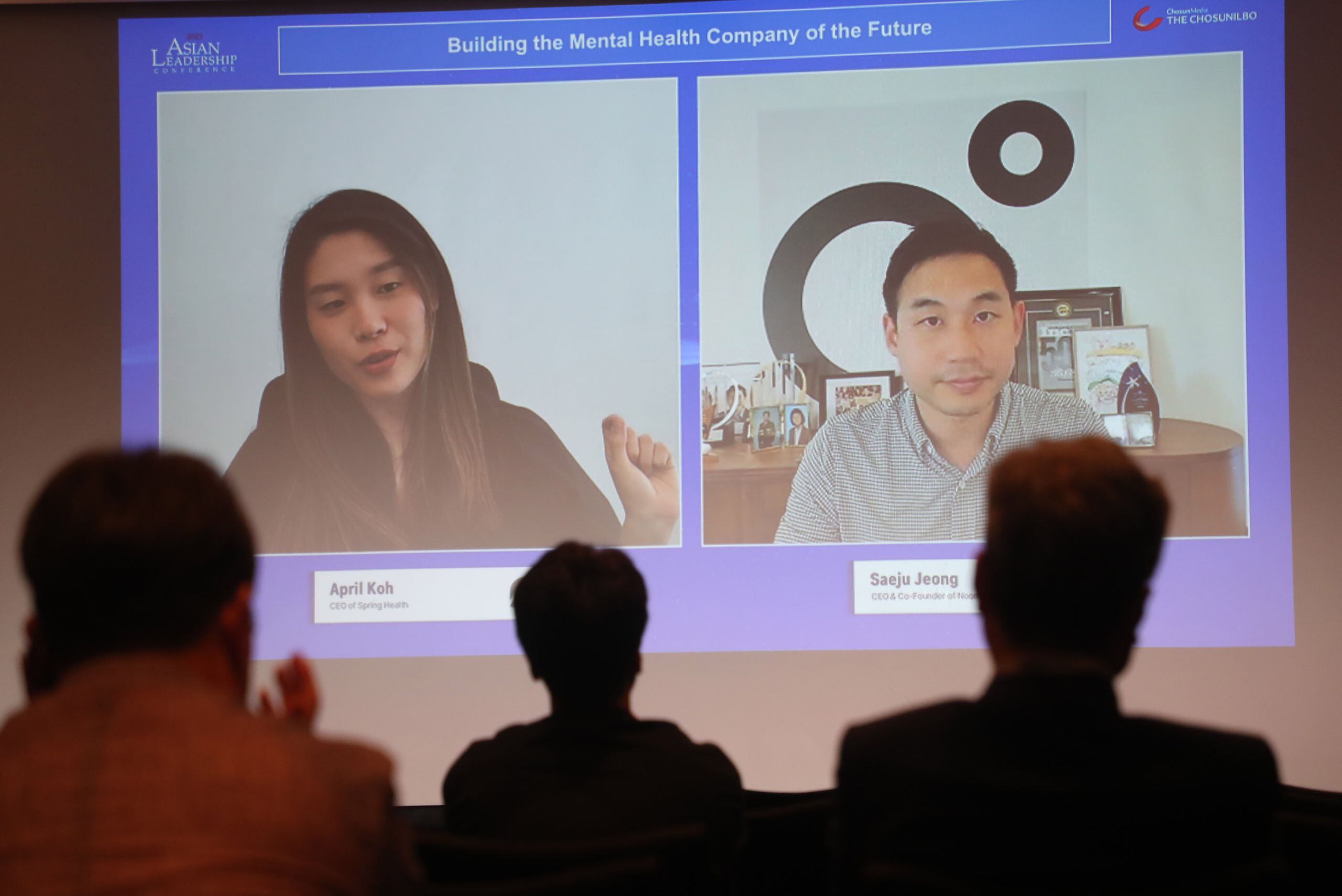“Lots of companies…really good companies who knew routine innovation in the 1950s, are now gone. These were some of the best companies in the world. Gone. What happened?” -Signo Uddenberg, Center for Asia Leadership Teaching Fellow and Head of the Innovation Team at MKThink.
Every business has that proverbial thorn in the side, a “wicked” problem that just persists. Employees and even managers tend to look the other way as no one seems to have the political will, emotional intelligence or resources to find a solution. Or worse, they’ve never seen it as a bad enough problem because hey, “business as usual.”
What few people realize is that solutions to wicked problems lie in what is called design thinking. The problem could be increasingly mediocre product offerings, bad customer reviews, management’s leadership style, high employee turnover, or the disruption of new technologies. Whatever the case may be, emerging leaders need to dig deeper about what is really holding a company back.
To apply the design thinking process goes deeper than mere graphic design. Center for Asia Leadership Teaching Fellow and former Programme Lead at the HPI School of Design Thinking (d-school) Helen van Baal says that good design does not merely mean making something look “pretty” or visually pleasing. Rather, it means to apply the user’s experience of a problem to the solution. This involves taking a human-centered view of complex challenges, gaining rapid insights through creative and critical thinking, prototyping to create a solution, and continuously iterating and applying those lessons.
The problem could fall in the domain of designing a product, experience, system, or even that of a learning culture. But it should always be a whole-mind, collaborative, and dynamic approach to solving problems.
More and more, the idea of good design is getting redefined. It is no longer the territory of left-handed people who show up at work with purple hair and are generally seen as “creative.” With origins in firms such as IDEO in Silicon Valley, whose current CEO Tim Brown helped Steve Jobs at Apple invent the first usable computer mouse, Design Thinking has since been generalized as a business discipline at Stanford University’s Hasso Plattner Institute of Design.
Design Thinking has helped create socially impactful businesses. This is evidenced by the Embrace Baby Warmer, a product co-invented by Center for Asia Leadership Teaching Fellow Rajan Patel. Together with a few fresh graduates at Stanford, the group used Design methodology to devise the product. This product costs less than 1 percent than that of a traditional baby incubator. The product has saved the lives of over 300,000 babies in the developing world and counting. But Design Thinking has more than proven itself as a means to add value to the bottom line. A 2015 study by the Design Management Institute demonstrates that design-led companies (including Apple, Starbucks, Disney, and Nike) outperform the S&P 500 by 211 percent.
Why do some of the best and biggest companies in the world stagnate? It is precisely because they are so good at serving their existing customers and taking advantage of their own value networks. As a result, they become a victim of their own success. When new upstarts formulate new value networks combined with new technologies, the rate of change that big companies face overtake the rate of their capacity to learn. Senior leaders must exercise adaptive leadership to help their organizations face reality. Partnered with effective leadership training, they should work towards becoming design thinkers to ignite rapid learning and renewal.
Design thinking enables practitioners a process-oriented approach to tackling their most basic to most complex problems. As a result, it is fast becoming a foundational component of modern effective leadership and business training. Design thinking may determine whether or not companies survive the fast-changing and complex challenges of today’s market and still be around in the next five years or five hundred.
By: Faustino John Lim

